Home>Gardening & Outdoor>Landscaping Ideas>What Are Grass Burrs
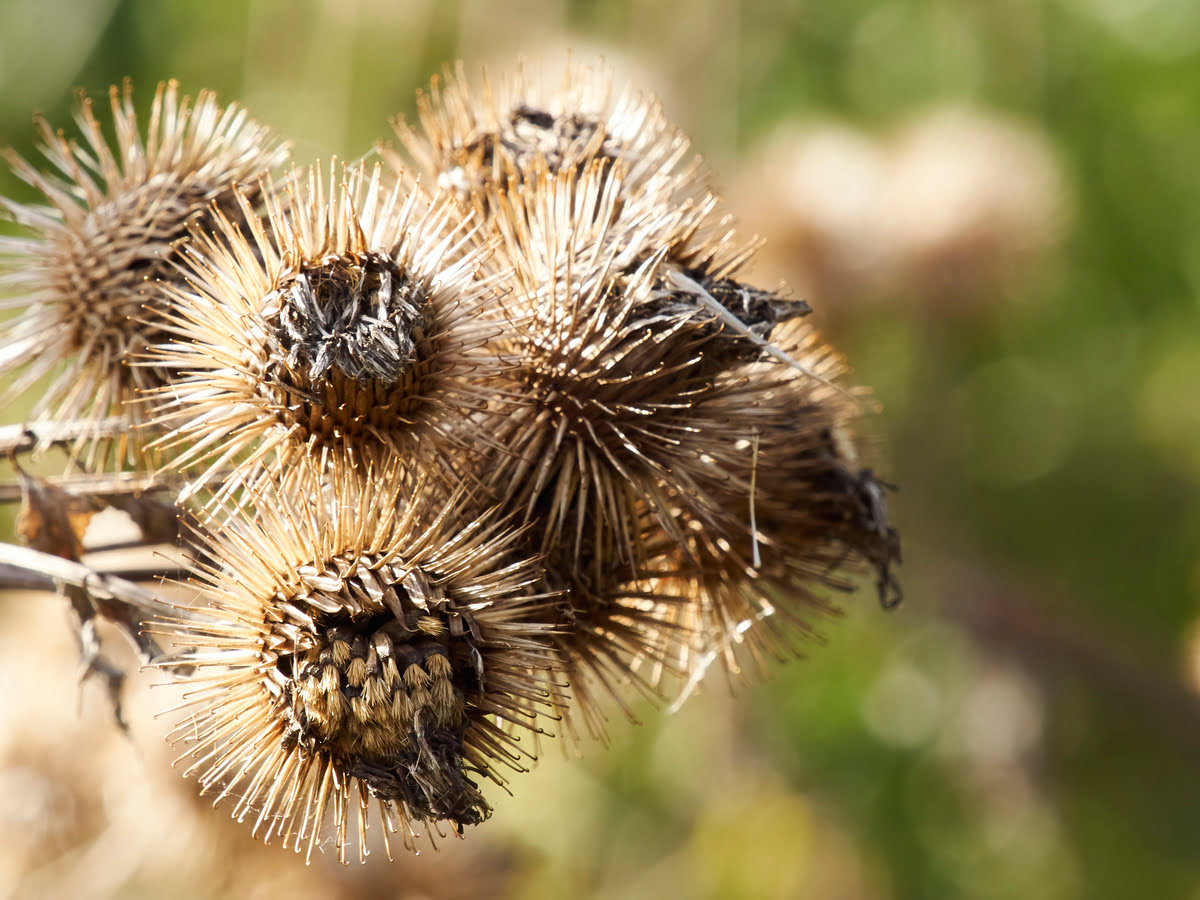

Landscaping Ideas
What Are Grass Burrs
Modified: May 6, 2024
Learn how to deal with grass burrs in your yard with effective landscaping ideas. Get expert tips to keep your outdoor space burr-free.
(Many of the links in this article redirect to a specific reviewed product. Your purchase of these products through affiliate links helps to generate commission for Storables.com, at no extra cost. Learn more)
Introduction
Welcome to the world of landscaping, where lush green lawns and vibrant gardens create a serene and inviting outdoor atmosphere. However, amidst the beauty of these landscapes, there lurks a common nuisance that can disrupt the tranquility of any outdoor space – grass burrs.
Grass burrs, also known as sand burrs or sticker burrs, are a persistent issue for many homeowners and gardeners. These pesky little plants can turn a leisurely stroll through the yard into a painful experience, as their sharp, prickly seeds can easily attach themselves to clothing, pet fur, and even bare skin.
In this article, we will delve into the world of grass burrs, exploring their characteristics, the different types that exist, and why they pose a problem for landscaping enthusiasts. Additionally, we will discuss effective methods for controlling and preventing the spread of grass burrs, allowing you to reclaim your outdoor spaces and enjoy them to the fullest. So, let's roll up our sleeves and embark on a journey to understand and conquer the challenge of grass burrs.
Key Takeaways:
- Grass burrs are pesky plants with spiky seed heads that can cause discomfort and outcompete desirable vegetation, but with proactive measures like cultural practices and targeted herbicide applications, their impact can be minimized.
- By understanding the characteristics of grass burrs and implementing a multifaceted control strategy, homeowners and gardeners can reclaim outdoor spaces from these resilient plants, creating safe, enjoyable, and visually pleasing environments.
Definition of Grass Burrs
Grass burrs are a type of annual weed that belongs to the genus Cenchrus or the genus Cynodon. These plants produce small, spiky seed heads that are designed to attach themselves to passing animals or clothing, aiding in the dispersal of their seeds. The seeds are enclosed in a hard, spiny husk, making them particularly adept at latching onto anything they come into contact with.
The two most common types of grass burrs are the southern sandbur (Cenchrus echinatus) and the field sandbur (Cenchrus longispinus). Southern sandbur is prevalent in the southern United States, while the field sandbur is found in various regions across the country. Both types thrive in sandy or well-drained soils, often appearing in lawns, pastures, and along roadsides.
These plants typically grow in clumps and can reach heights of up to two feet. Their stems are tough and wiry, with leaves that are often sharp and prickly. The seed heads, which are the defining feature of grass burrs, develop at the ends of the stems and consist of numerous spiny burs, each containing a single seed.
Grass burrs are known for their ability to spread rapidly, making them a persistent problem in many outdoor environments. Their seeds can remain viable in the soil for several years, germinating when conditions are favorable. This resilience enables grass burrs to quickly establish themselves and compete with desirable plants, posing a significant challenge for anyone striving to maintain a well-groomed lawn or garden.
Understanding the nature of grass burrs is crucial for effectively managing and eradicating them. By familiarizing ourselves with their characteristics and behavior, we can develop targeted strategies to combat their presence and preserve the beauty of our outdoor spaces.
Types of Grass Burrs
Grass burrs, also known as sand burrs or sticker burrs, encompass various species that share similar characteristics and growth habits. Two of the most prevalent types of grass burrs are the southern sandbur (Cenchrus echinatus) and the field sandbur (Cenchrus longispinus).
The southern sandbur, distinguished by its prickly seed heads and wiry stems, is commonly found in the southern regions of the United States. This species thrives in warm, sandy soils and is often encountered in pastures, along roadsides, and in open fields. The field sandbur, on the other hand, is distributed across different geographic areas within the country, displaying comparable growth patterns and seed head characteristics to the southern sandbur.
While these two types of grass burrs are among the most prevalent, other species within the Cenchrus and Cynodon genera also exhibit burr-producing tendencies. These species share the common trait of producing spiky seed heads that can easily attach to passing animals, clothing, or footwear, aiding in the dispersion of their seeds.
It’s important to note that the prevalence of specific grass burr species may vary depending on geographic location and local environmental conditions. Factors such as soil composition, temperature, and moisture levels can influence the distribution and abundance of different grass burr types within a given region.
Regardless of the specific species, all grass burrs share a tenacious and invasive nature, rapidly colonizing open spaces and competing with desirable vegetation. Their ability to produce copious amounts of seeds and thrive in diverse environments makes them a persistent challenge for homeowners, gardeners, and land managers seeking to maintain visually appealing and functional outdoor spaces.
By familiarizing ourselves with the various types of grass burrs and their respective growth habits, we can better understand the scope of the challenge they pose and develop targeted strategies for effective control and management.
Characteristics of Grass Burrs
Grass burrs, also referred to as sand burrs or sticker burrs, are characterized by several distinctive features that contribute to their resilience and invasive nature. Understanding these characteristics is essential for implementing effective control measures and minimizing their impact on outdoor environments.
- Spiky Seed Heads: One of the defining traits of grass burrs is their spiky seed heads, which consist of numerous small burs containing seeds. These seed heads are designed to attach themselves to passing animals, clothing, or footwear, facilitating the dispersal of seeds to new locations.
- Tough, Wiry Stems: Grass burrs typically exhibit tough, wiry stems that enable them to withstand environmental stress and competition from other plants. These resilient stems contribute to the plants’ ability to thrive in diverse soil conditions and resist mechanical control methods.
- Rapid Seed Production: Grass burrs are prolific seed producers, with each plant capable of generating a large number of seeds within a single growing season. This high reproductive capacity allows grass burrs to quickly colonize open spaces and outcompete desirable vegetation, posing a significant challenge for land managers and homeowners.
- Adaptability to Various Soils: These plants exhibit adaptability to a wide range of soil types, including sandy, well-drained soils commonly found in lawns, pastures, and open fields. Their ability to thrive in diverse soil conditions contributes to their widespread distribution and persistence.
- Resilient Seed Viability: Grass burr seeds can remain viable in the soil for several years, germinating when conditions are favorable for growth. This longevity in the seed bank enables grass burrs to persistently reemerge, even after control efforts have been implemented, requiring ongoing management and monitoring.
By recognizing and familiarizing ourselves with the characteristics of grass burrs, we can develop targeted approaches for controlling their spread and minimizing their impact on outdoor spaces. These resilient and adaptable plants demand strategic and persistent management to prevent their proliferation and preserve the aesthetic and functional qualities of landscapes and gardens.
Wearing long pants and closed-toe shoes can help prevent grass burrs from sticking to your skin and causing irritation.
Why Grass Burrs are a Problem
Grass burrs pose a significant problem for homeowners, gardeners, and land managers due to their invasive nature and the numerous challenges they present in maintaining visually appealing and functional outdoor spaces. Several factors contribute to the problematic nature of grass burrs, making their control and eradication an ongoing concern.
- Painful Prickles: The spiky seed heads of grass burrs can cause discomfort and irritation when they come into contact with skin, clothing, or pet fur. This can detract from the enjoyment of outdoor activities and create a persistent nuisance for individuals and pets alike.
- Competition with Desirable Plants: Grass burrs are aggressive competitors, rapidly colonizing open spaces and outcompeting desirable vegetation for resources such as water, nutrients, and sunlight. Their prolific seed production and resilient growth habits can lead to the suppression of lawns, gardens, and agricultural crops, compromising the aesthetic and functional qualities of outdoor environments.
- Livestock and Wildlife Hazards: In agricultural and natural settings, grass burrs can pose hazards to livestock and wildlife. The sharp, spiky seed heads can cause injury to animals and interfere with grazing activities, impacting the well-being of livestock and native wildlife populations.
- Limited Recreational Use: The presence of grass burrs can limit the recreational use of outdoor spaces, as individuals may avoid areas infested with these plants due to the risk of encountering painful seed heads. This can diminish the enjoyment and usability of lawns, parks, and recreational facilities, affecting community engagement and outdoor leisure activities.
- Challenges in Eradication: Grass burrs’ prolific seed production and resilient growth habits make them challenging to eradicate once established. Their seeds can remain viable in the soil for several years, requiring ongoing management efforts to prevent reinfestation and maintain control over their spread.
Given these factors, it is evident that grass burrs present multifaceted challenges that impact both the aesthetic appeal and functional utility of outdoor spaces. Effective management strategies are essential to mitigate their impact and create environments that are safe, enjoyable, and conducive to a variety of activities.
Read more: What Is Lemongrass For
How to Control Grass Burrs
Effectively controlling grass burrs requires a multifaceted approach that targets both the existing plants and their seeds, as well as the environmental conditions that facilitate their growth and spread. By implementing comprehensive control measures, homeowners, gardeners, and land managers can minimize the impact of grass burrs and reclaim outdoor spaces for recreational and aesthetic enjoyment.
- Cultural Practices: Implementing cultural practices that promote the health and vigor of desirable plants can help suppress the growth of grass burrs. This includes maintaining optimal soil fertility, mowing at appropriate heights, and ensuring proper irrigation to encourage the competitiveness of desirable vegetation.
- Preventive Measures: Applying pre-emergent herbicides in early spring can help prevent grass burr seeds from germinating, reducing the establishment of new plants. Additionally, maintaining dense, healthy turf or ground cover can create unfavorable conditions for grass burr growth and limit their ability to take hold in open spaces.
- Physical Removal: Hand-pulling or mechanically removing grass burrs before they produce seeds can help reduce their population and prevent the dispersal of new seeds. This method is most effective when implemented before the plants reach the seed-producing stage.
- Chemical Control: Selective herbicides can be utilized to target and suppress grass burrs while minimizing harm to desirable vegetation. It is essential to carefully follow product labels and application guidelines to ensure effective control and minimize environmental impact.
- Integrated Management: Combining multiple control methods, such as cultural practices, preventive measures, physical removal, and targeted herbicide applications, can enhance the effectiveness of grass burr control. Integrated management approaches address the plants from multiple angles, reducing their vigor and limiting their ability to spread.
It’s important to note that consistent monitoring and follow-up treatments may be necessary to address any reemergence of grass burrs and prevent new infestations. By remaining vigilant and proactive in managing these plants, individuals can gradually reduce their presence and create outdoor environments that are free from the nuisance and hazards posed by grass burrs.
Ultimately, successful grass burr control hinges on a combination of proactive measures, targeted treatments, and ongoing maintenance to create landscapes and outdoor spaces that are both visually appealing and conducive to a variety of activities.
Conclusion
As we conclude our exploration of grass burrs, it becomes evident that these resilient plants pose a significant challenge for those seeking to maintain visually appealing and functional outdoor spaces. Their spiky seed heads, rapid seed production, and adaptability to diverse environments make them a persistent nuisance, affecting both recreational enjoyment and the well-being of desirable vegetation.
However, armed with knowledge and strategic approaches, homeowners, gardeners, and land managers can take proactive steps to control and minimize the impact of grass burrs. By implementing a multifaceted control strategy that encompasses cultural practices, preventive measures, physical removal, and targeted herbicide applications, individuals can gradually reduce the presence of grass burrs and create environments that are safe, enjoyable, and visually pleasing.
It is essential to recognize the interconnected nature of grass burr control, which involves addressing both existing plants and their seeds, as well as the environmental conditions that foster their growth. By adopting an integrated management approach and remaining diligent in monitoring and follow-up treatments, individuals can effectively suppress the growth and spread of grass burrs, reclaiming outdoor spaces for leisure, recreation, and aesthetic enjoyment.
Ultimately, the battle against grass burrs is a testament to the resilience and adaptability of nature, as well as the ingenuity and determination of individuals striving to create and maintain beautiful, functional landscapes. Through informed decision-making, proactive measures, and ongoing management, the impact of grass burrs can be mitigated, allowing outdoor environments to thrive and flourish, free from the persistent nuisance of these prickly intruders.
As we continue to navigate the dynamic interplay between human activities and the natural world, the pursuit of effective grass burr control serves as a reminder of the transformative power of strategic management and the enduring allure of well-tended outdoor spaces.
Now that you're equipped with knowledge on managing grass burrs, why not give your garden a fresh look too? Dive into our guide on creative garden fence ideas, perfect for any landscape enthusiast looking to refresh their outdoor spaces. Whether you're aiming for charm or functionality, our guide offers solutions that are both practical and visually appealing. So, don't wait—transform your garden into a serene retreat or a vibrant party venue today!
Frequently Asked Questions about What Are Grass Burrs
Was this page helpful?
At Storables.com, we guarantee accurate and reliable information. Our content, validated by Expert Board Contributors, is crafted following stringent Editorial Policies. We're committed to providing you with well-researched, expert-backed insights for all your informational needs.
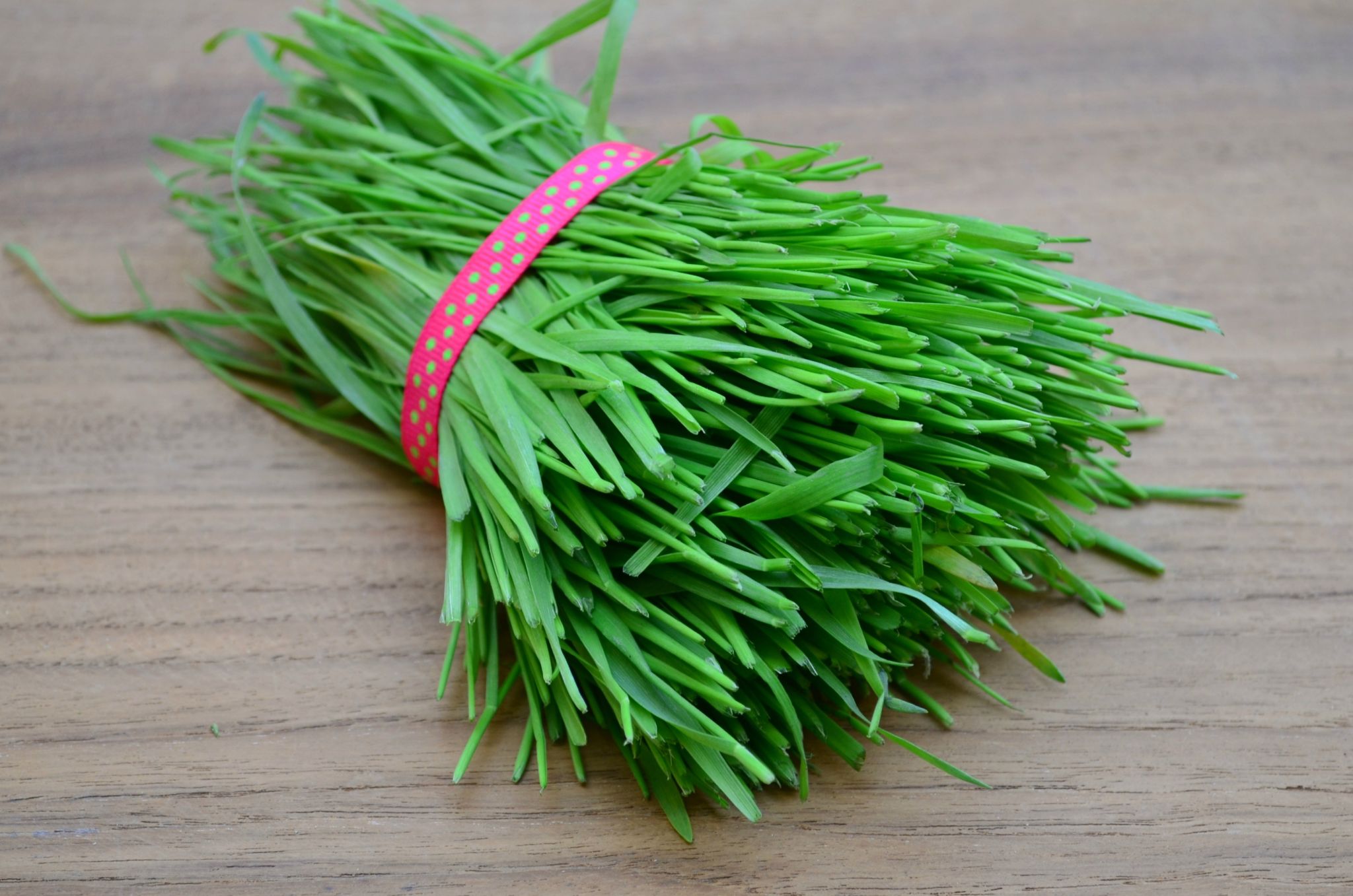
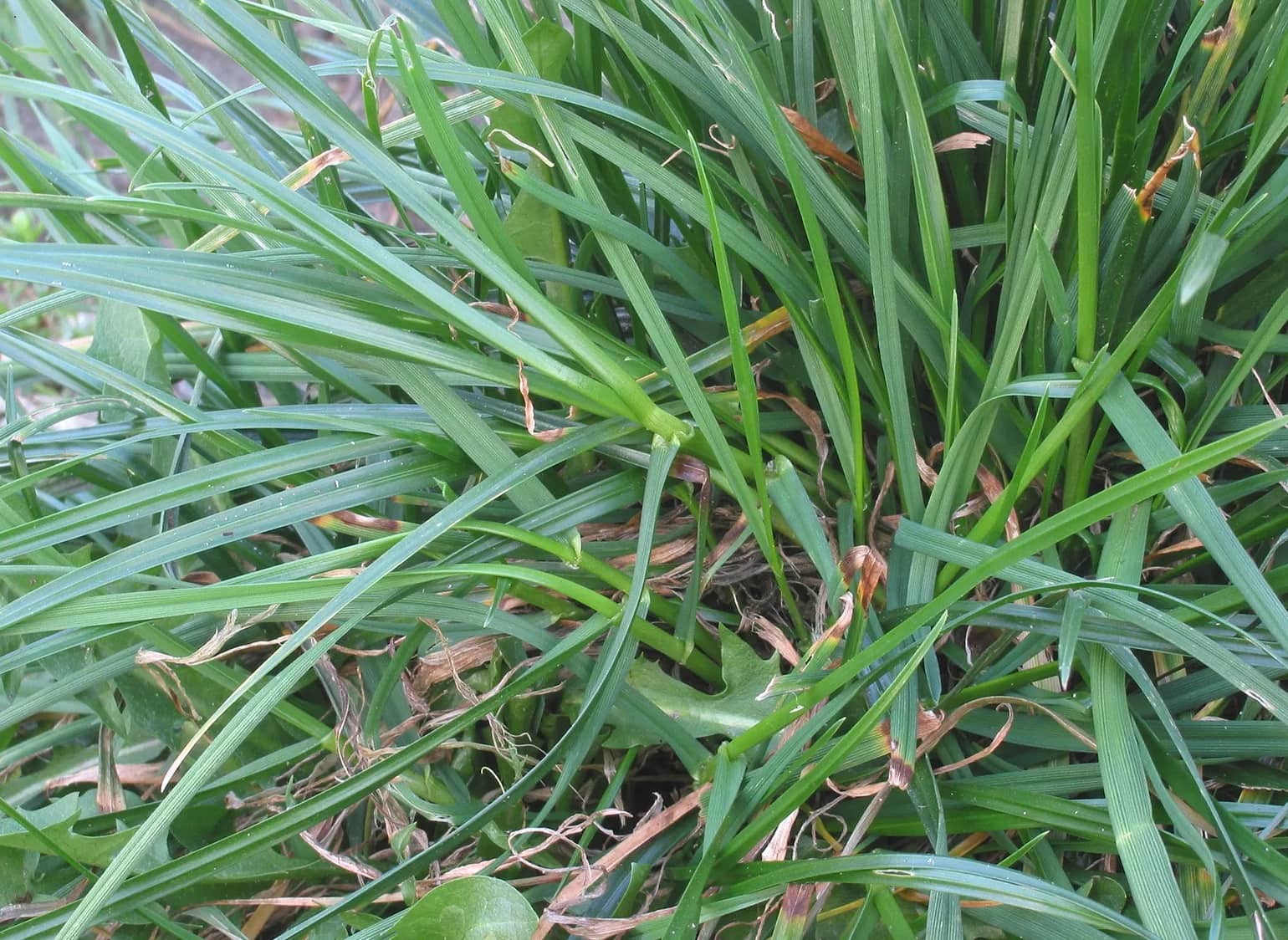

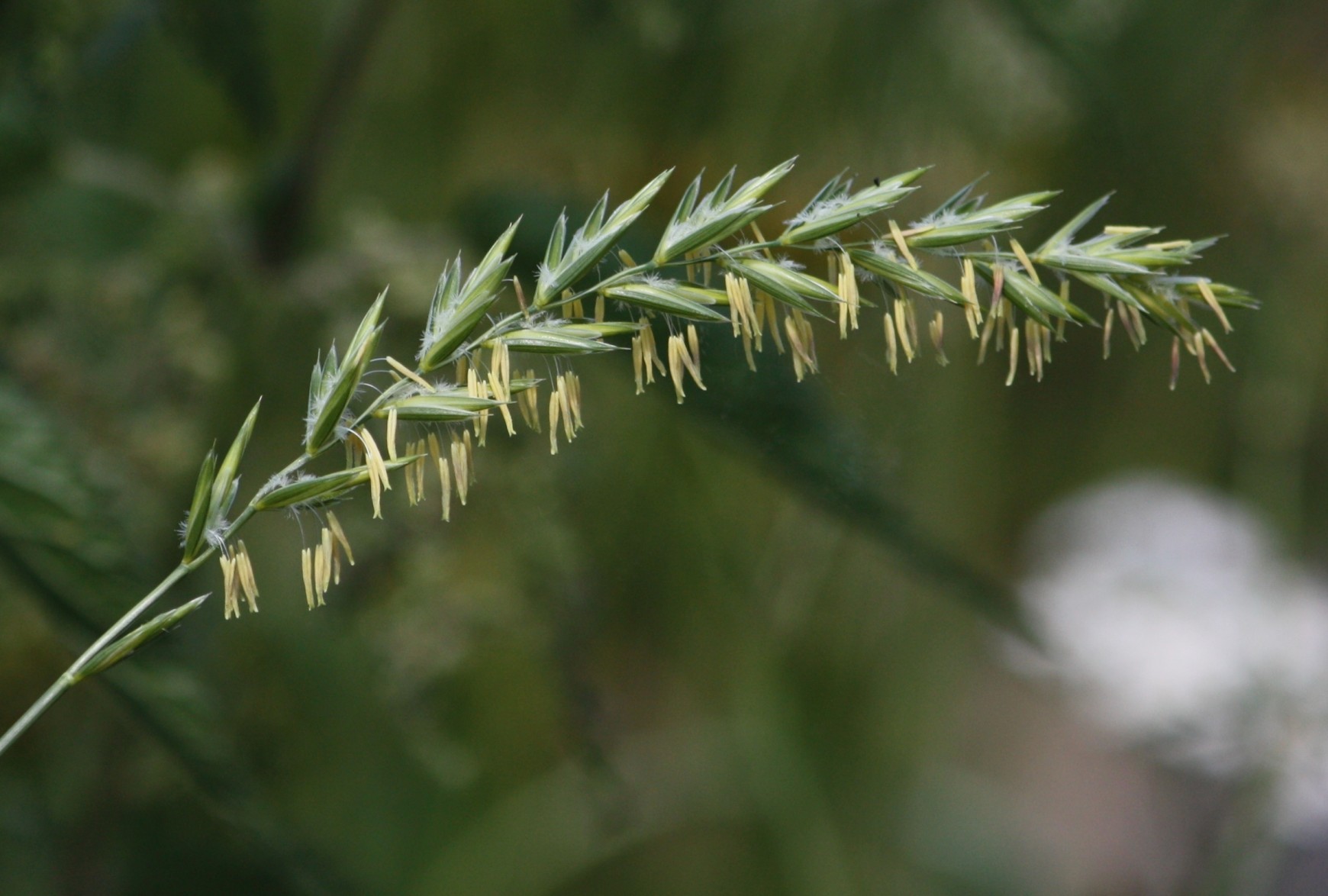
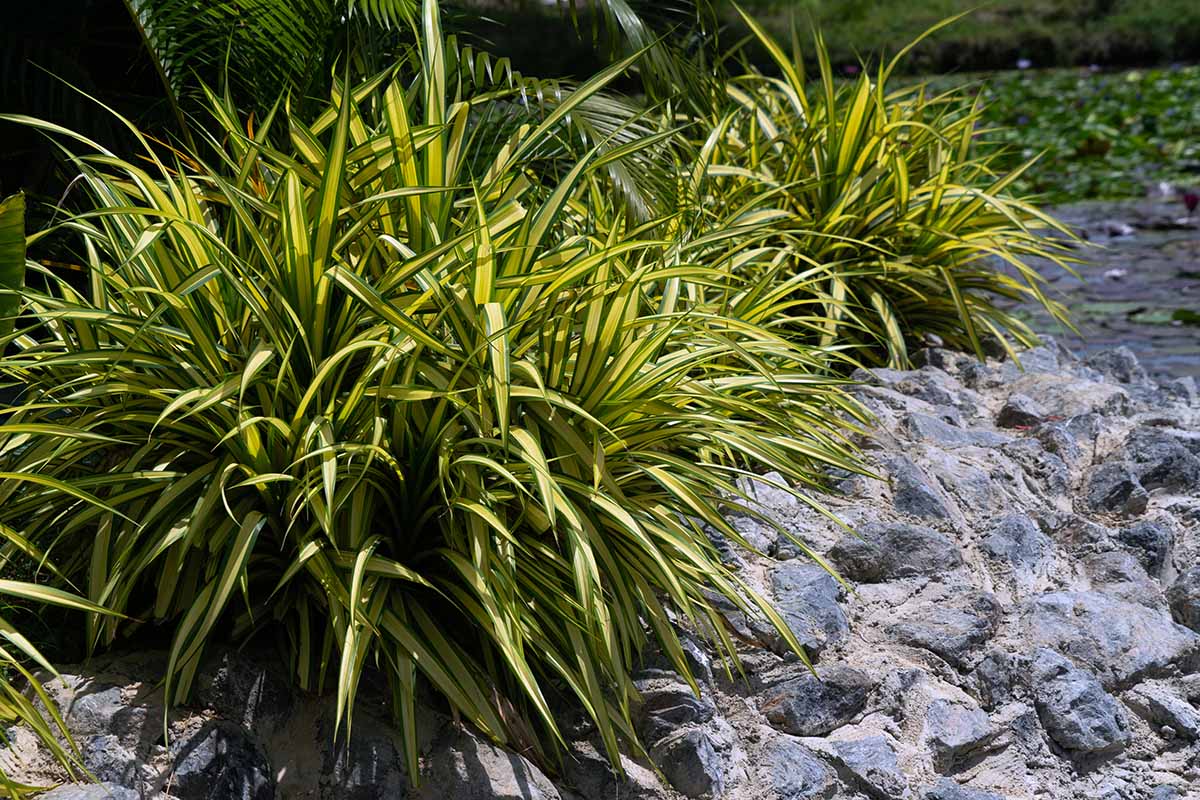
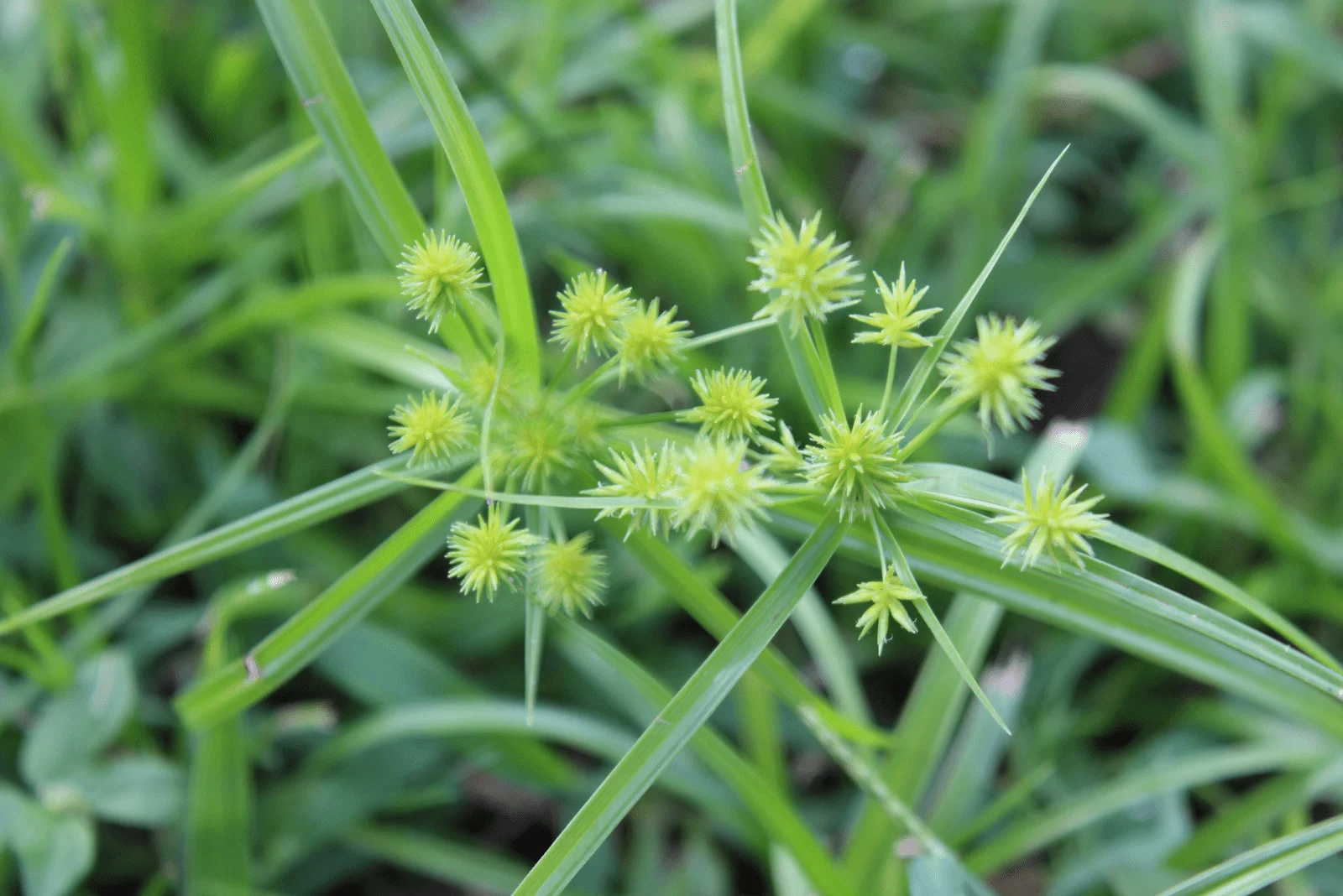
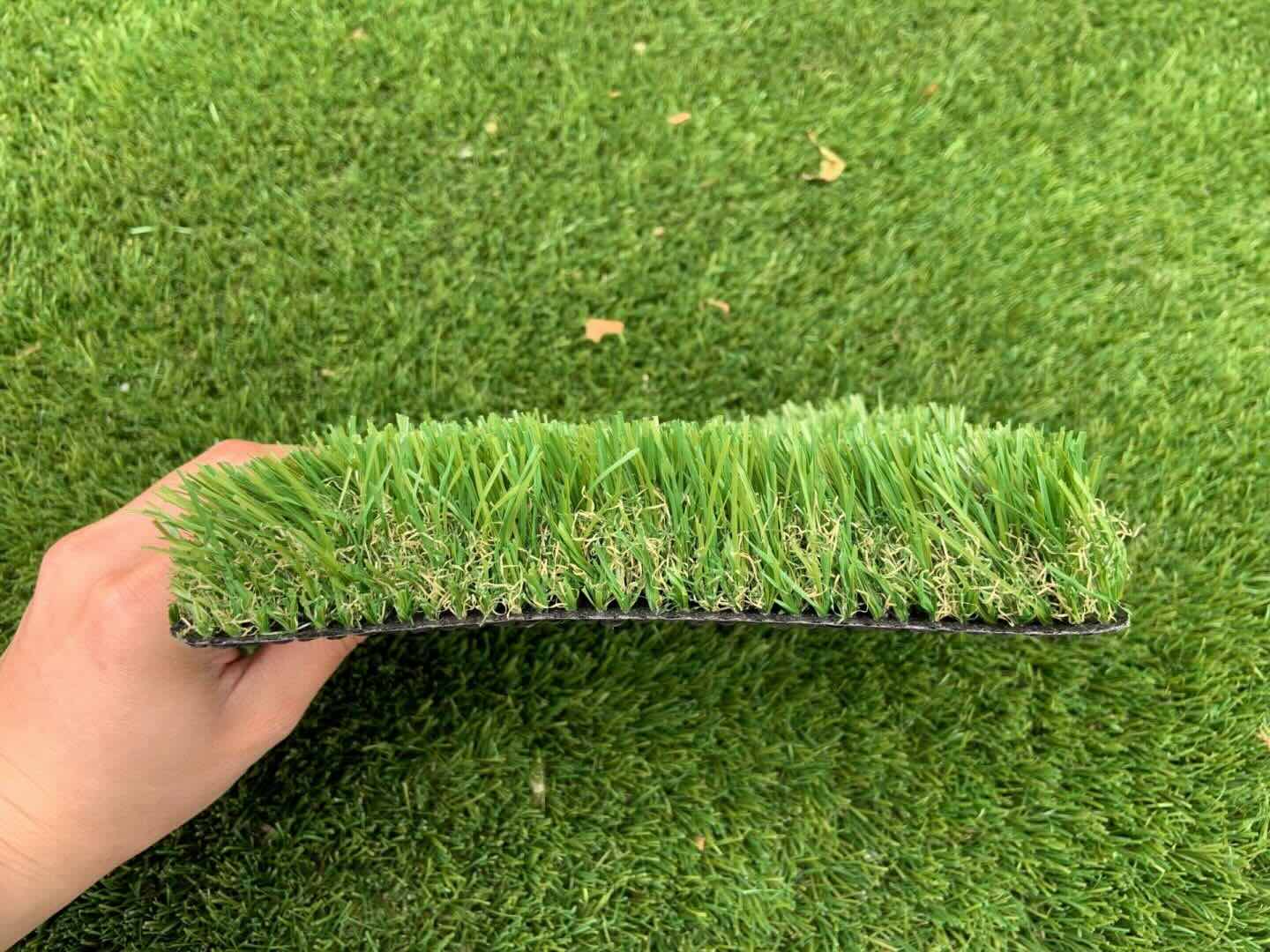
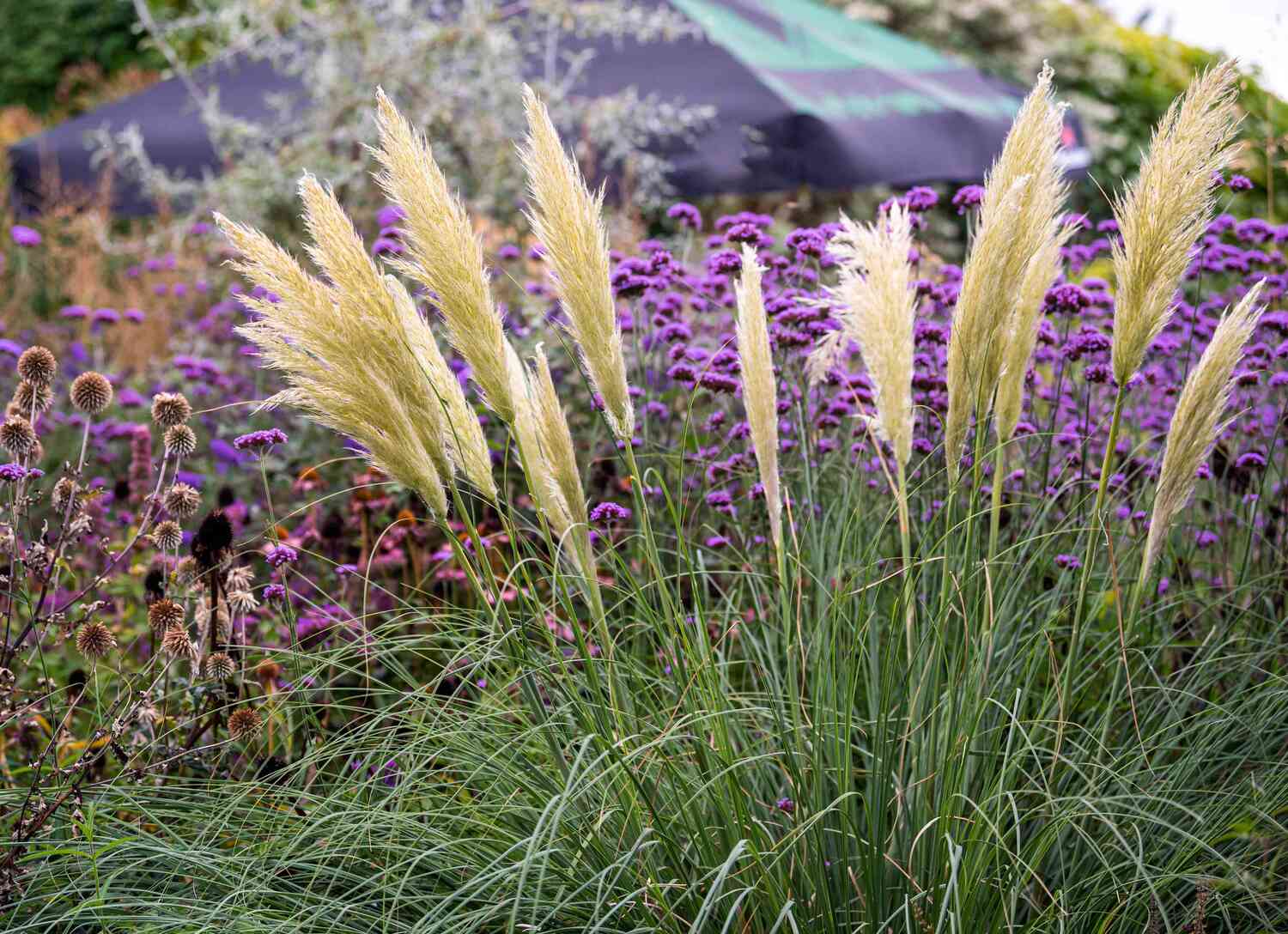
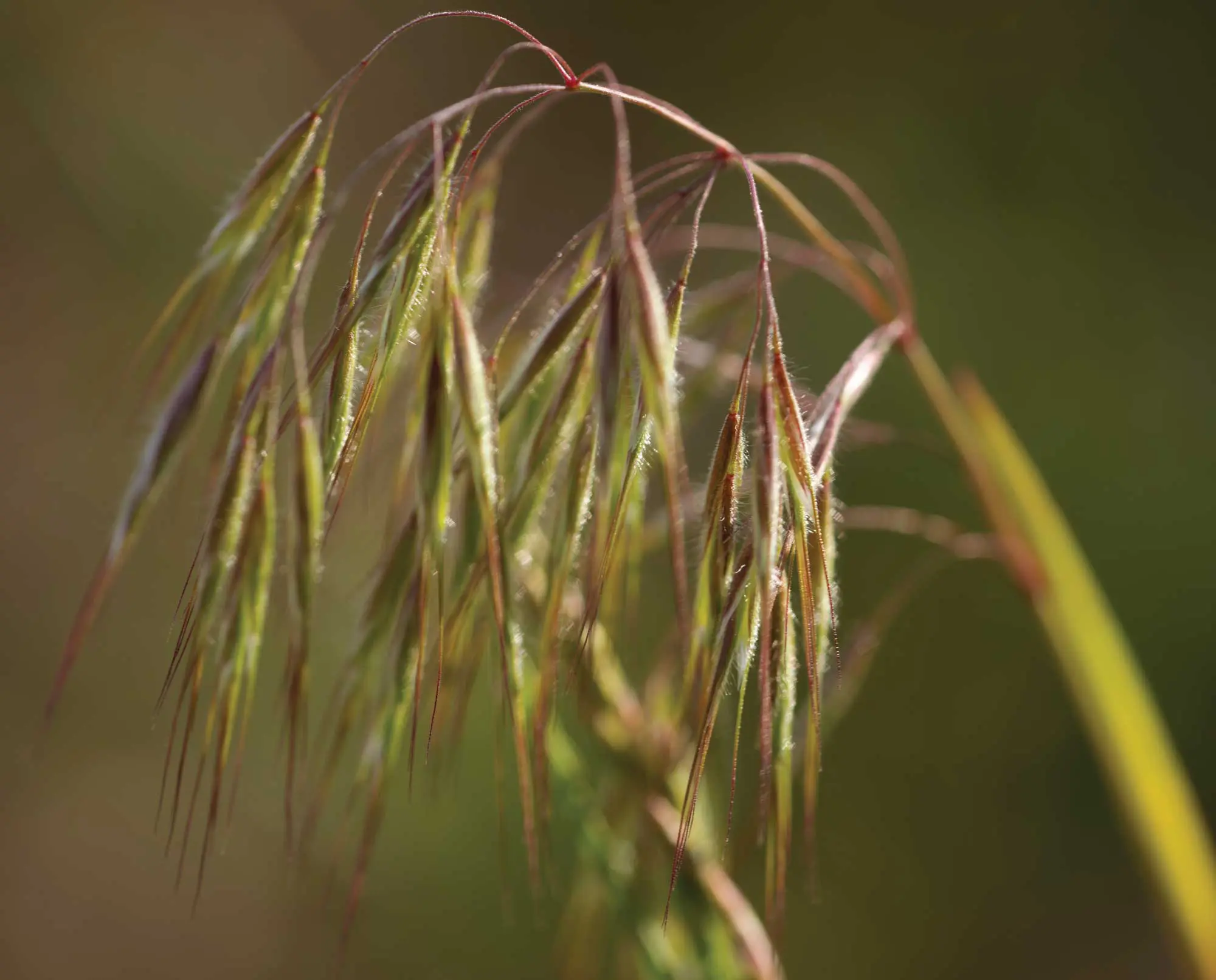
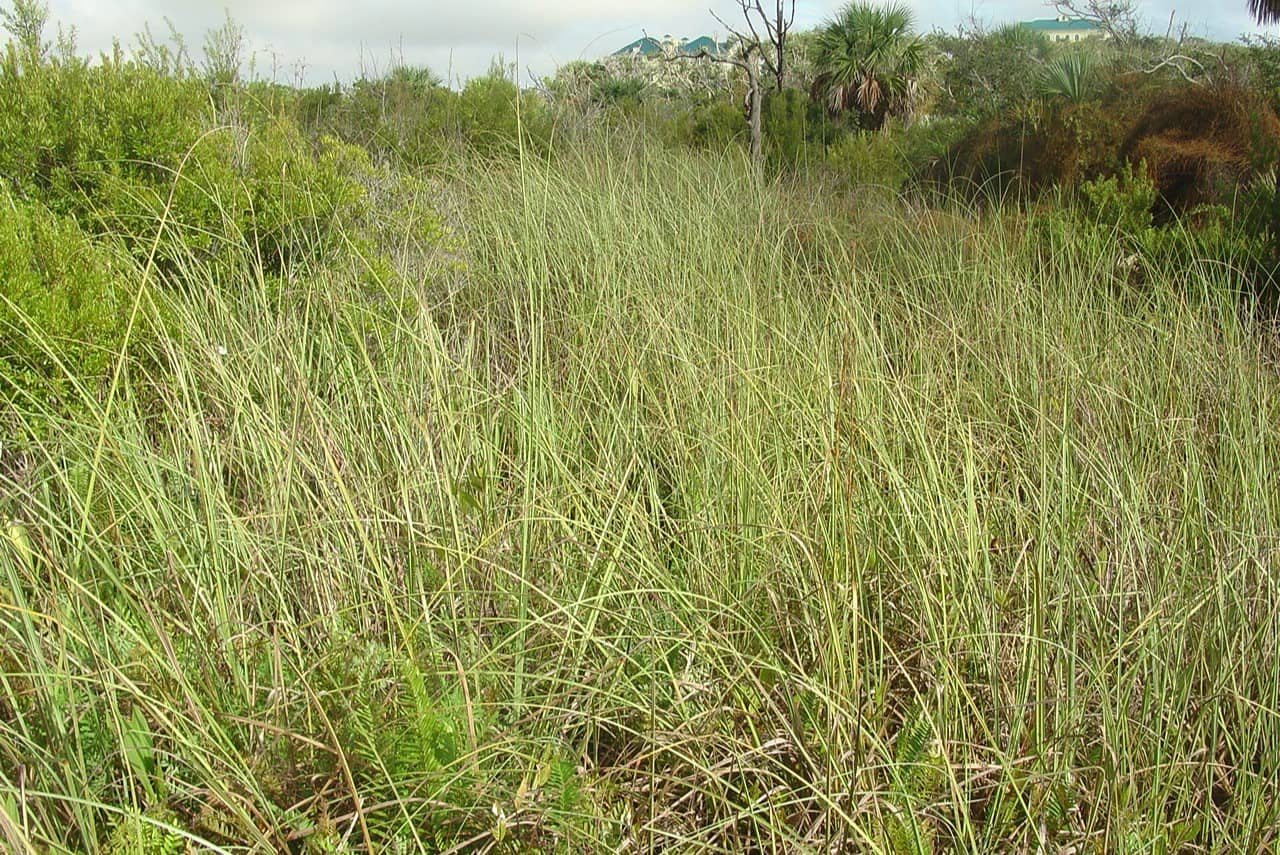
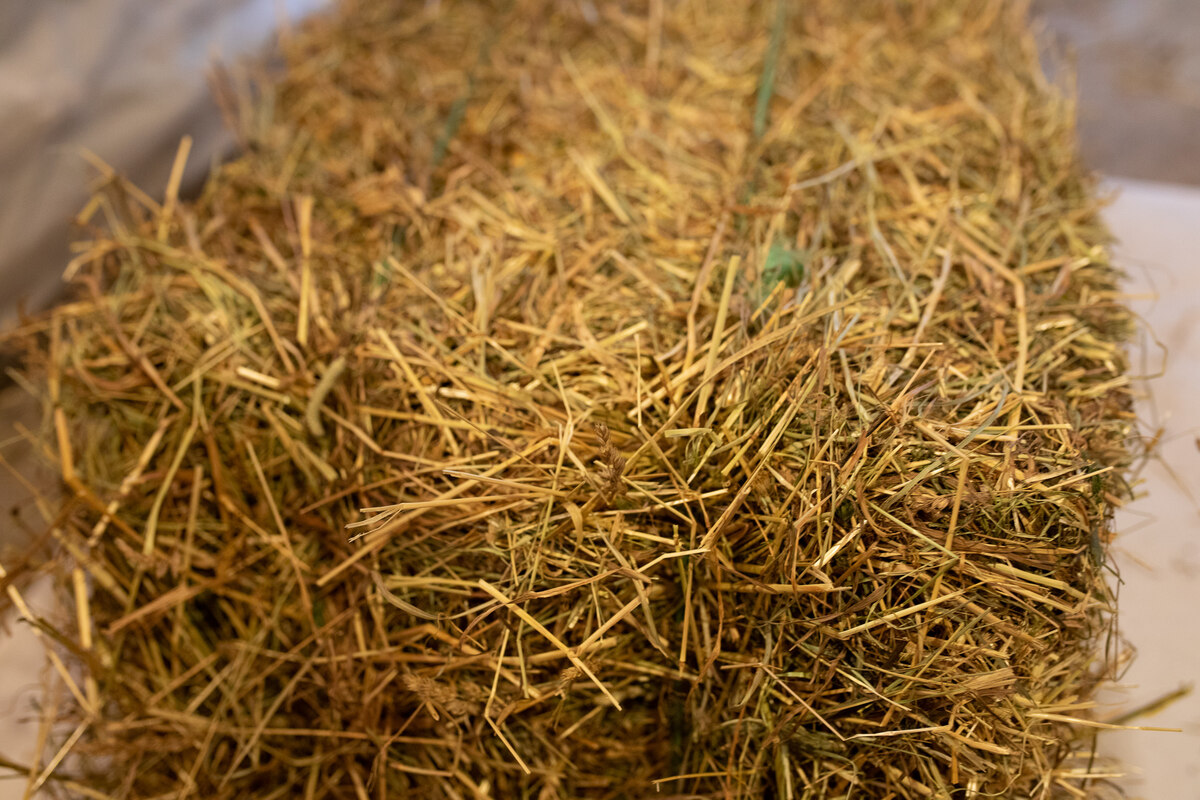
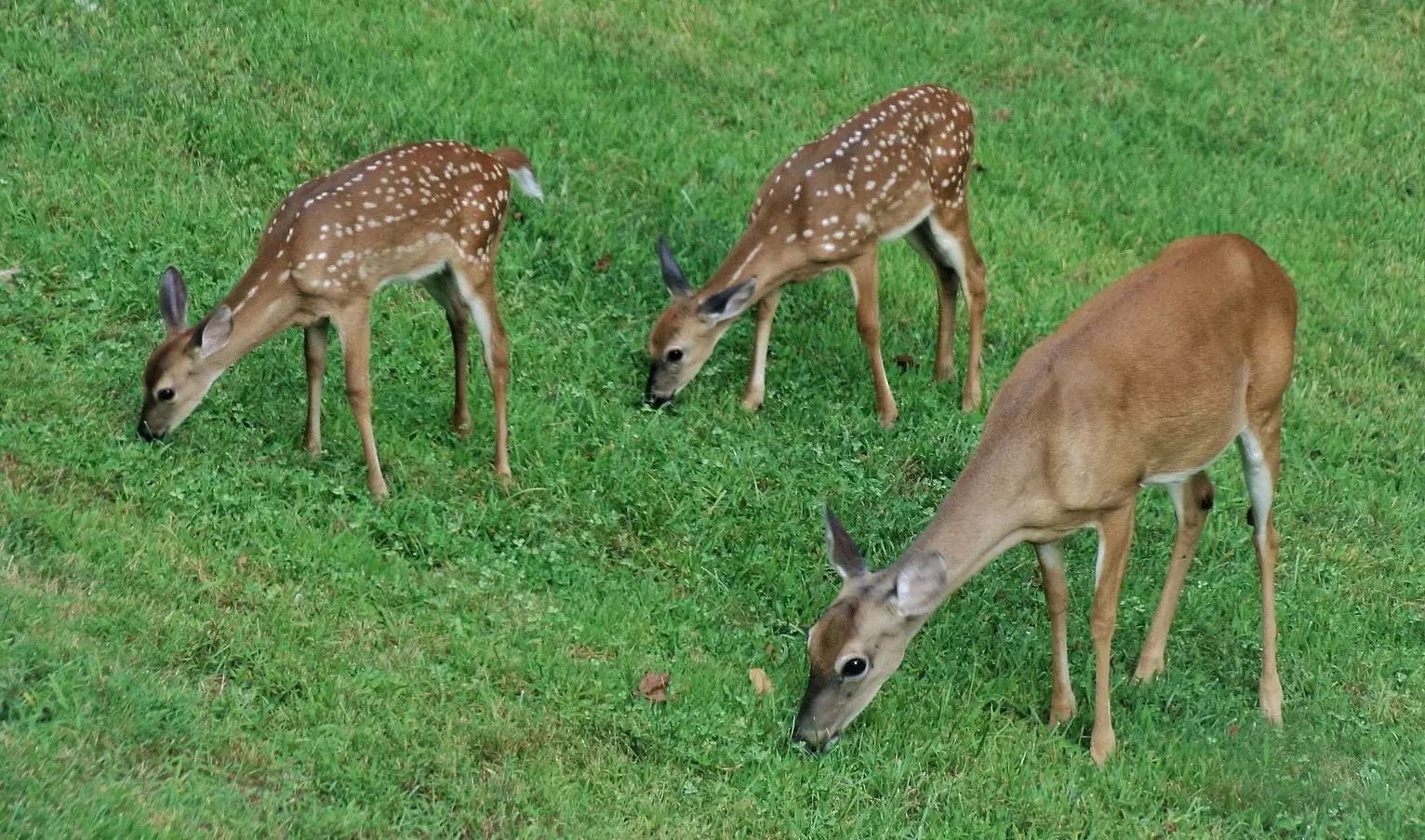
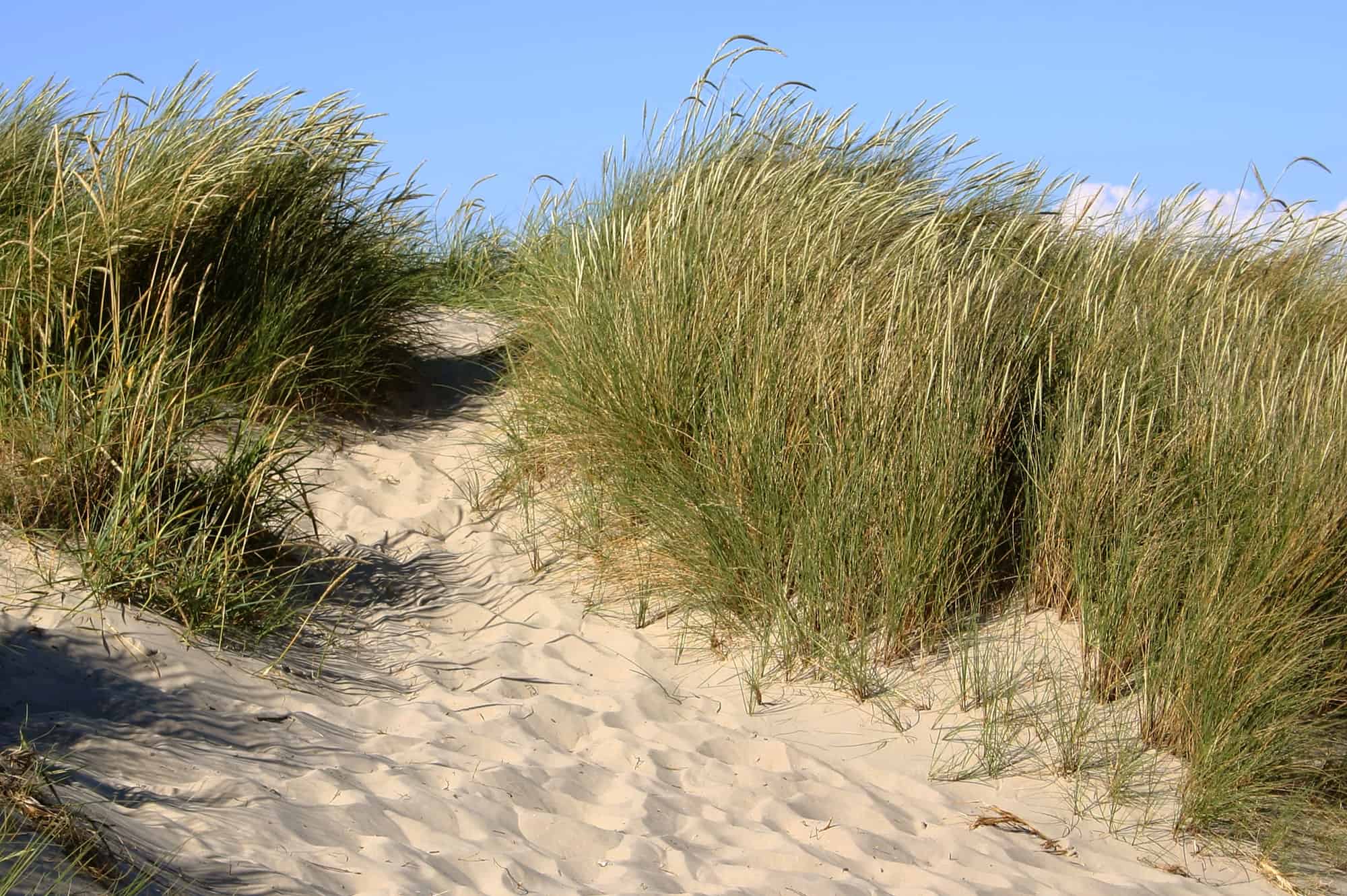
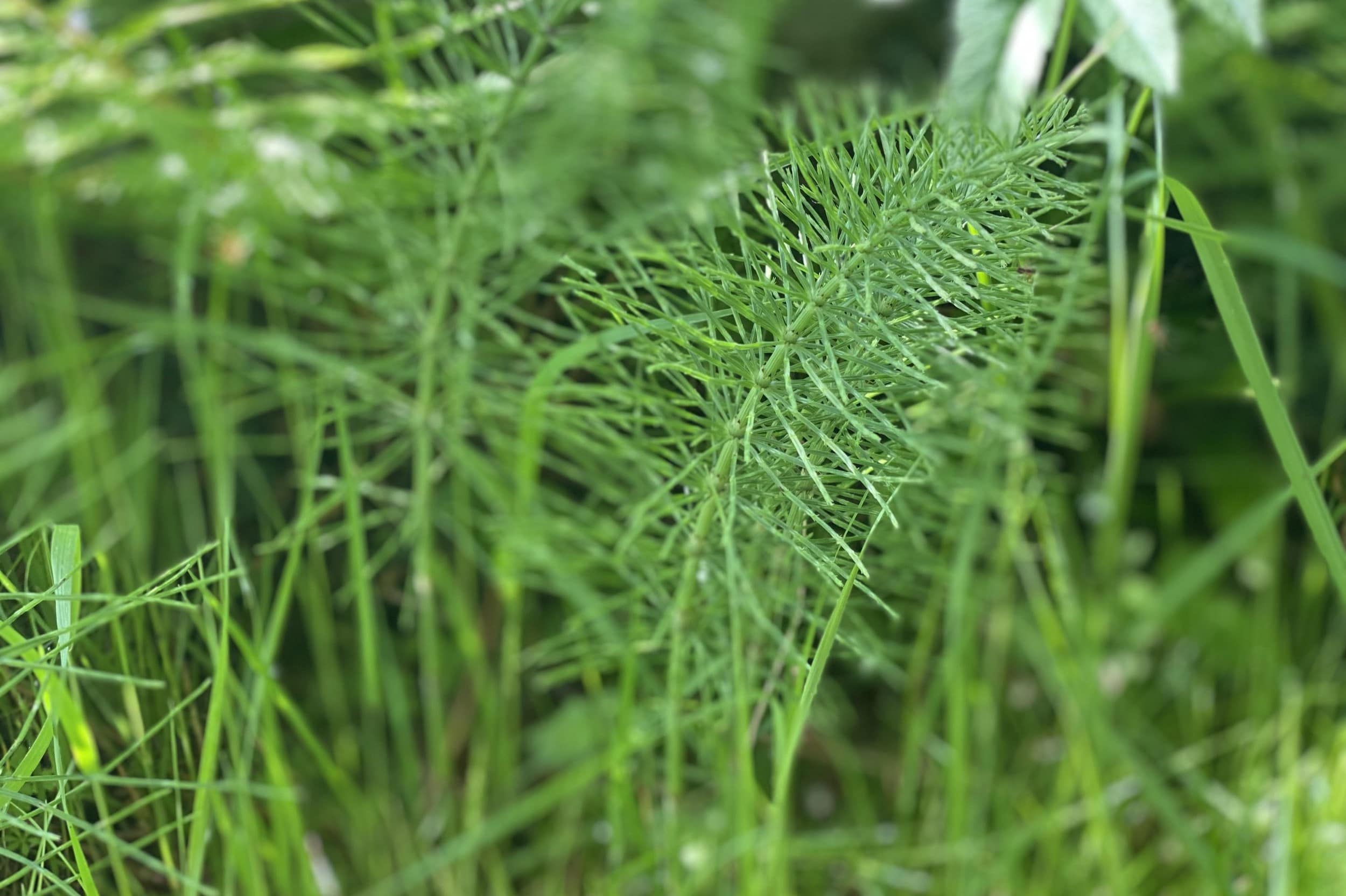

0 thoughts on “What Are Grass Burrs”